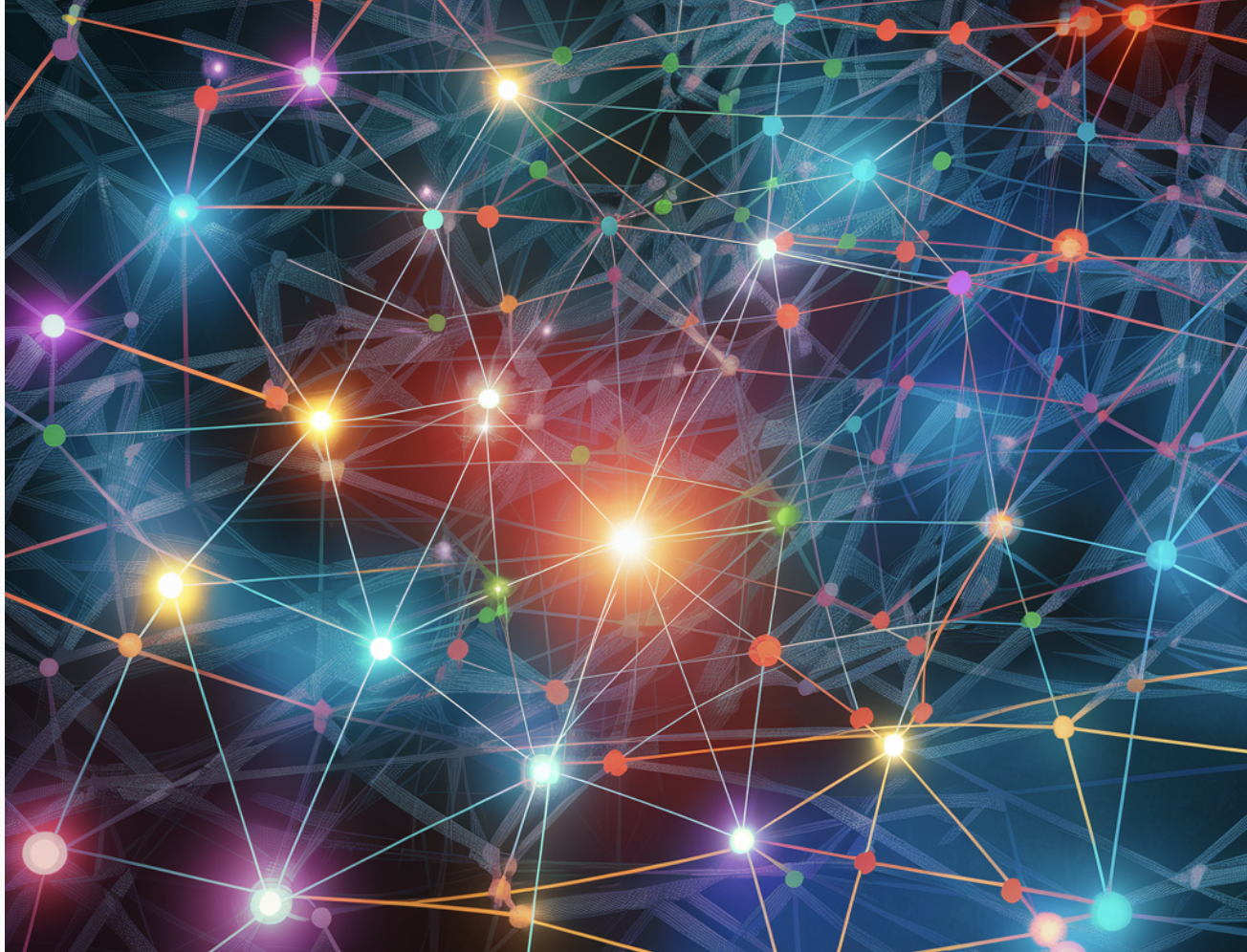
Introduction to Overfitting and Dropout:
Practical Solutions and Value:
Overfitting is a common challenge when training large neural networks on limited data. It occurs when a model performs exceptionally well on training data but fails to generalize to unseen test data. Geoffrey Hinton and his team at the University of Toronto proposed an innovative solution to mitigate overfitting: Dropout. This technique involves randomly “dropping out” or deactivating half of the network’s neurons during training. By doing so, neurons are forced to learn more generalized features beneficial in various contexts rather than relying on the presence of specific other neurons.
How Dropout Works:
Practical Solutions and Value:
Dropout counters overfitting by omitting each hidden unit with a 50% probability during each training iteration. This encourages the development of robust and independent feature detectors, effectively training on a vast ensemble of different network configurations within a single training session.
Implementation Details:
Practical Solutions and Value:
- Randomly Deactivating Neurons: Half of the neurons in each hidden layer are randomly deactivated during each training case, preventing neurons from becoming reliant on others and encouraging the development of more general features.
- Weight Constraints: Dropout constrains each neuron’s incoming weights, allowing for a thorough exploration of the weight space.
- Mean Network at Test Time: This approach approximates the behavior of averaging predictions from the ensemble of dropout networks.
Performance on Benchmark Tasks:
Practical Solutions and Value:
Hinton and his colleagues tested dropout on several benchmark tasks and found significant reductions in test errors, highlighting its effectiveness across different data types and complex tasks.
Dropout’s Broader Implications:
Practical Solutions and Value:
Dropout provides a general framework for improving neural networks’ ability to generalize from training data to unseen data. It offers a computationally efficient alternative to Bayesian model averaging and “bagging” methods, achieving similar regularization and robustness without the computational overhead.
Analogies and Theoretical Insights:
Practical Solutions and Value:
Dropout’s concept mirrors biological processes, preventing neural networks from developing co-adapted sets of feature detectors and encouraging them to learn more robust and adaptable representations.
Conclusion:
Practical Solutions and Value:
Dropout is a notable improvement in neural network training, effectively mitigating overfitting and enhancing generalization. Incorporating techniques like dropout will be essential for advancing the capabilities of neural networks and achieving better performance across diverse applications.


























